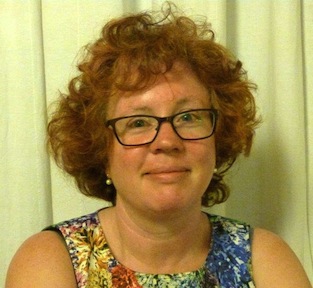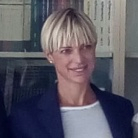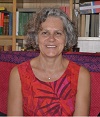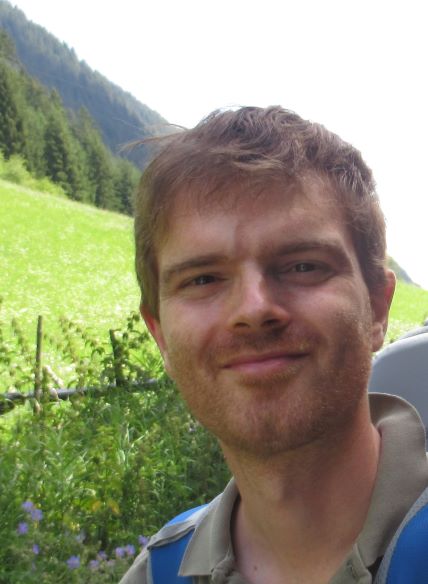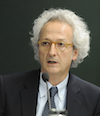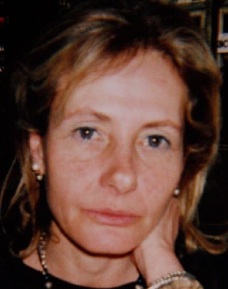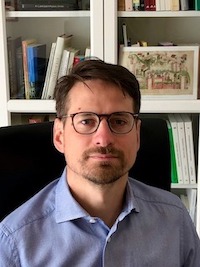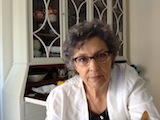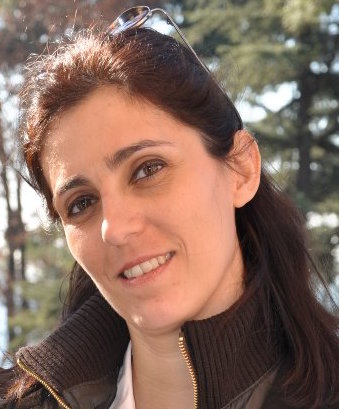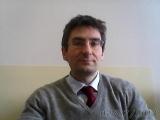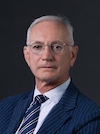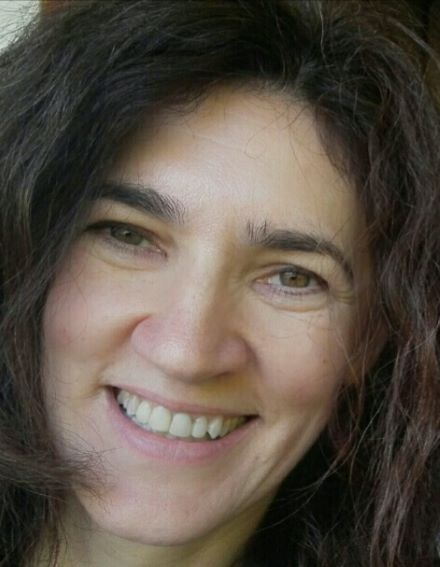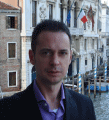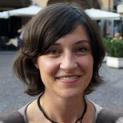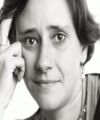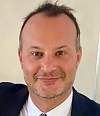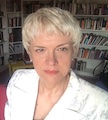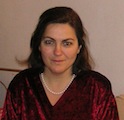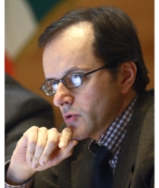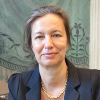Studying at the University of Verona
Here you can find information on the organisational aspects of the Programme, lecture timetables, learning activities and useful contact details for your time at the University, from enrolment to graduation.
Academic calendar
The academic calendar shows the deadlines and scheduled events that are relevant to students, teaching and technical-administrative staff of the University. Public holidays and University closures are also indicated. The academic year normally begins on 1 October each year and ends on 30 September of the following year.
Course calendar
The Academic Calendar sets out the degree programme lecture and exam timetables, as well as the relevant university closure dates..
| Period | From | To |
|---|---|---|
| I semestre | Oct 1, 2015 | Jan 9, 2016 |
| II semestre | Feb 22, 2016 | May 31, 2016 |
| Session | From | To |
|---|---|---|
| Appelli d'esame LINGUE - sessione invernale | Jan 11, 2016 | Feb 20, 2016 |
| Appelli d'esame LINGUE - sessione estiva | Jun 3, 2016 | Jul 29, 2016 |
| Appelli d'esame LINGUE - sessione autunnale | Aug 29, 2016 | Sep 29, 2016 |
| Session | From | To |
|---|---|---|
| TESI DI LAUREA - LINGUE | Nov 18, 2015 | Nov 20, 2015 |
| TESI DI LAUREA - LINGUE | Mar 30, 2016 | Apr 1, 2016 |
| TESI DI LAUREA - LINGUE E LL.SS | Jul 6, 2016 | Jul 8, 2016 |
| TESI DI LAUREA - LINGUE E LL.SS | Nov 23, 2016 | Nov 25, 2016 |
| Period | From | To |
|---|---|---|
| FESTA DELL'IMMACOLATA | Dec 8, 2015 | Dec 8, 2015 |
| VACANZE DI NATALE | Dec 23, 2015 | Jan 6, 2016 |
| Vancanze di Pasqua | Mar 24, 2016 | Mar 29, 2016 |
| FESTA DELLA LIBERAZIONE | Apr 25, 2016 | Apr 25, 2016 |
| FESTA DEI LAVORATORI | May 1, 2016 | May 1, 2016 |
| FESTA DEL SANTO PATRONO SAN ZENO | May 21, 2016 | May 21, 2016 |
| FESTA DELLA REPUBBLICA | Jun 2, 2016 | Jun 2, 2016 |
| Vacanze estive | Aug 8, 2016 | Aug 15, 2016 |
Exam calendar
Exam dates and rounds are managed by the relevant Foreign Languages and Literatures Teaching and Student Services Unit.
To view all the exam sessions available, please use the Exam dashboard on ESSE3.
If you forgot your login details or have problems logging in, please contact the relevant IT HelpDesk, or check the login details recovery web page.
Academic staff
 birgit.alber@univr.it
birgit.alber@univr.it
 cinzia.delotto@univr.it
cinzia.delotto@univr.it
 Paul.Kahl@phil.uni-goettingen.de
Paul.Kahl@phil.uni-goettingen.de
 sara.paolini@univr.it
sara.paolini@univr.it
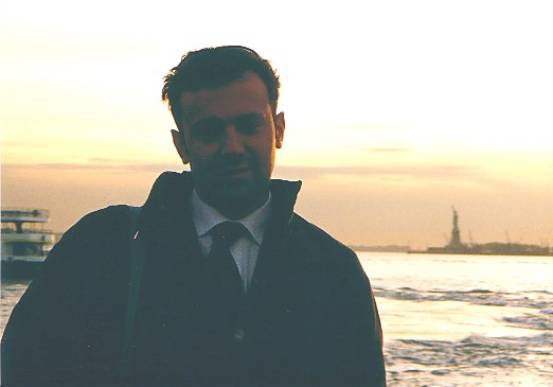
Zaccarello Michelangelo
 michelangelo.zaccarello@univr.it
michelangelo.zaccarello@univr.it
 +39 045 802 8330
+39 045 802 8330
Study Plan
The Study Plan includes all modules, teaching and learning activities that each student will need to undertake during their time at the University.
Please select your Study Plan based on your enrollment year.
1° Year
| Modules | Credits | TAF | SSD |
|---|
2° Year activated in the A.Y. 2016/2017
| Modules | Credits | TAF | SSD |
|---|
3° Year activated in the A.Y. 2017/2018
| Modules | Credits | TAF | SSD |
|---|
| Modules | Credits | TAF | SSD |
|---|
| Modules | Credits | TAF | SSD |
|---|
| Modules | Credits | TAF | SSD |
|---|
| Modules | Credits | TAF | SSD |
|---|
Legend | Type of training activity (TTA)
TAF (Type of Educational Activity) All courses and activities are classified into different types of educational activities, indicated by a letter.
History of Modern Art (2015/2016)
Teaching code
4S00852
Teacher
Coordinator
Credits
6
Also offered in courses:
- History of Modern Art of the course Bachelor's degree in Foreign Languages and Literatures
Language
Italian
Scientific Disciplinary Sector (SSD)
L-ART/02 - HISTORY OF MODERN ART
Period
I semestre dal Oct 1, 2015 al Jan 9, 2016.
Learning outcomes
The course outlines the key elements from the Late Gothic to Neoclassicism in the History of Art to produce a diachronic program. It focuses above all an italian history, and illustrates in comparative terms the key moments and principal figures of the European scene. Also within the field trips, the course proposes mothods of the stlylistic analysis within the study of the History of Art.
Program
ATTENZIONE!: PROGRAMMA COMPLETO DA SCARICARE IN VERSIONE PDF DAI DOCUMENTI SOTTOSTANTI (anche per studenti Erasmus)
A. Lineamenti di storia dell’arte italiana dal Tardogotico al Neoclassicismo con particolare riguardo al contesto europeo.
B. Davanti all’opera d’arte.
Verona: Museo di Castelvecchio, dipinti del Tardogotico e del primo Rinascimento.
Verona: ll polittico di Andrea Mantegna in San Zeno.
C. Paolo Veronese, la mostra in Palazzo della Gran Guardia; Veronese in San Sebastiano a Venezia; Veronese: le opere delle Gallerie dell’Accademia di Venezia, le opere fondamentali del Cinquecento veneto; Tiziano, Giovanni Bellini, Donatello nella Basilica di Santa Maria Gloriosa dei Frari a Venezia
ARGOMENTI DI STORIA DELL’ARTE MODERNA PER LA PROVA SCRITTA
Prima parte
1. Gotico internazionale, centri e protagonisti nel quadrante europeo e in Italia
2. Gentile da Fabriano e Pisanello
3. Il primo Quattrocento a Firenze e in Toscana
4. Brunelleschi e i suoi principi architettonici
5. Donatello: percorso, i due periodi fiorentini e il soggiorno a Padova con le opere principali
6. Masaccio
7. Ghiberti, Jacopo della Quercia e Beato Angelico
8. Pittura Fiamminga: Van Eyck, Van der Weyden e Bosch
9. L'arte fiorentina a metà Quattrocento
10. Leon Battista Alberti: trattati e opere
11. Paolo Uccello, Andrea del Castagno, Domenico Veneziano
12. Il Rinascimento in Italia Settentrionale: Mantegna
13. Il Rinascimento in Italia Centrale: Piero della Francesca
14. Il Rinascimento nella Repubblica di Venezia: Giovanni Bellini
15. La scuola fiamminga: Antonello da Messina
16. Le arti a Firenze nell’età di Lorenzo il Magnifico, situazione storica: Botticelli, Verrocchio, Pollaiolo, Perugino
Seconda parte
17. La Maniera Moderna
18. Bramante
19. Leonardo
20. Michelangelo
21. Raffaello
22. La Maniera Moderna in Veneto ed Emilia: Giorgione e Tiziano
23. Il Manierismo: concetti e protagonisti
24. Andrea del Sarto, Rosso Fiorentino e Pontormo
25. Bronzino, Giulio Romano
26. Sansovino, Veronese, Palladio, Tintoretto e Bassano
27. Arte post tridentina: i Carracci, Annibale Carracci a Roma e il Classicismo
28. Caravaggio
29. I caratteri generali dell’arte barocca
30. Bernini e Borromini
31. Tra Barocco, Barocchetto e Rococò: Ricci e Crespi
32. I protagonisti del Seicento in Europa, con riferimento alla geografia e storia: Poussin, Rubens, Rembrandt, Vermeer, Velasquez
33. Rococò in Europa e in Italia con riferimento alla geografia e storia: caratteri generali dello stile e protagonisti
34. Tiepolo
35. Il Vedutismo: Canaletto
36. Vanvitelli
37. Il Neoclassicismo: David,Piranesi,Canova,Goya
Bibliografia:
Punto A:
Manuali delle scuole medie superiori proposti: G. Dorfles-S.Buganza - J. Stoppa, Arti visive. Dal Quattrocento all’Impressionismo. Protagonisti e movimenti, edizioni Atlas. Prima parte pp. 8-140; seconda parte pp. 141-424.
3. Vivere l’arte. Vol 2. Dal Rinascimento al Rococò, a cura di C. Fumarco e L. Beltrame, Verona, Bruno Mondadori, 2008. Prima parte, vol. 2 fino a p. 147; seconda parte il rimanente del vol. 2. I capitoli aggiuntivi al vol. 2 riguardanti il Tardogotico (vol. 1) e il Neoclassicismo (vol. 3) sono a disposizione presso la copisteria Replay.
Punto B: appunti delle lezioni.
Examination Methods
written examination
Type D and Type F activities
To discover all the teaching activities accredited by the foreign teaching college click here
Career prospects
Module/Programme news
News for students
There you will find information, resources and services useful during your time at the University (Student’s exam record, your study plan on ESSE3, Distance Learning courses, university email account, office forms, administrative procedures, etc.). You can log into MyUnivr with your GIA login details: only in this way will you be able to receive notification of all the notices from your teachers and your secretariat via email and soon also via the Univr app.
Student login and resources
Assegnazione tutore
Attività accreditate D/F
Calendario didattico dettagliato
Cambio lingua curriculare
Competenze informatiche
Competenze linguistiche (prima e seconda lingua)
Competenze linguistiche in triennale (terza lingua CFU F)
Compilazione del piano didattico
Corso di Lingua portoghese
Erasmus+ e altre esperienze all'estero
Linguistic training CLA
Graduation
List of theses and work experience proposals
| Stage | Research area |
|---|---|
| PROGETTO MAMBRINO Stage per bibliografia | Various topics |
Stage e tirocini
Nel piano didattico della laurea triennale in Lingue e culture per l’editoria (L11 ED) è previsto un tirocinio/stage obbligatorio (CFU 6).
Le attività di stage sono finalizzate a far acquisire allo studente una conoscenza diretta in settori di particolare interesse per l’inserimento nel mondo del lavoro e per l’acquisizione di abilità professionali specifiche.
Le attività di stage sono svolte sotto la diretta responsabilità di un singolo docente presso studi professionali, enti della pubblica amministrazione, aziende accreditate dall’Ateneo veronese.
I crediti maturati in seguito ad attività di stage saranno attribuiti secondo quanto disposto nel dettaglio dal “Regolamento d’Ateneo per il riconoscimento dei crediti maturati negli stage universitari” vigente.
- Tutte le informazioni in merito agli stage per futuri studenti sono disponibili alla pagina Stage e tirocini.
- Tutte le informazioni in merito agli stage per studenti iscritti sono pubblicate in MyUnivr - come fare per - stage e tirocini.
- Tutte le informazioni in merito agli stage per le aziende sono disponili alla pagina Stage e tirocini per azienze.
Ulteriori informazioni al seguente link https://www.univr.it/it/i-nostri-servizi/gestione-carriere-studenti-lingue-e-letterature-straniere/stage-e-tirocini-lingue-e-letterature-straniere
